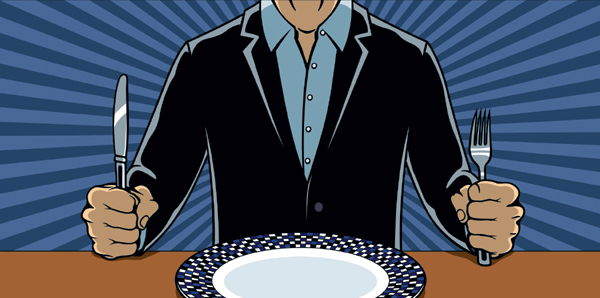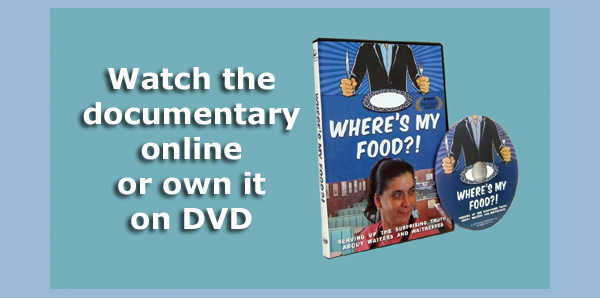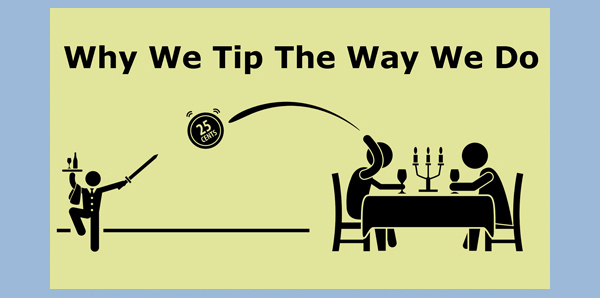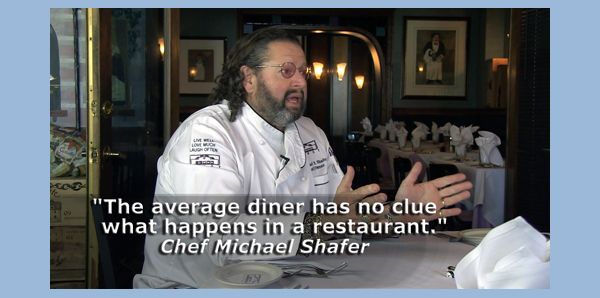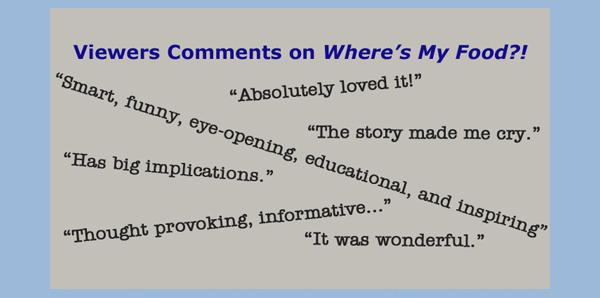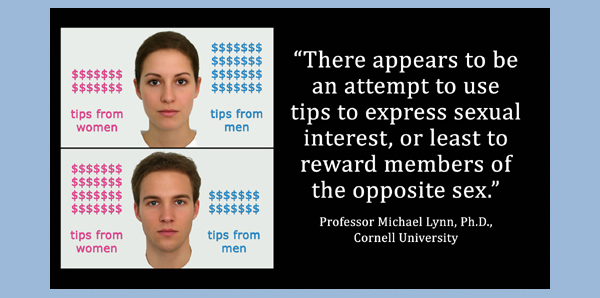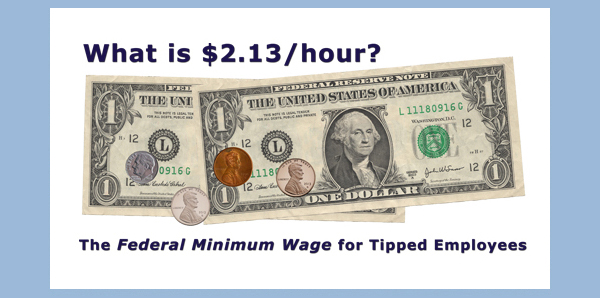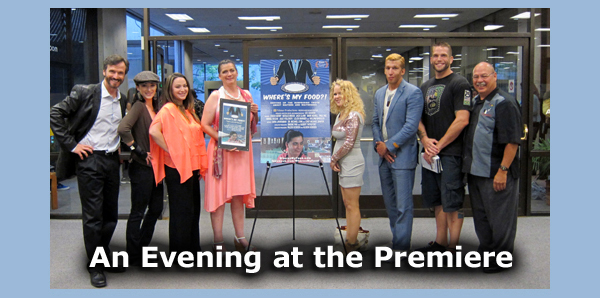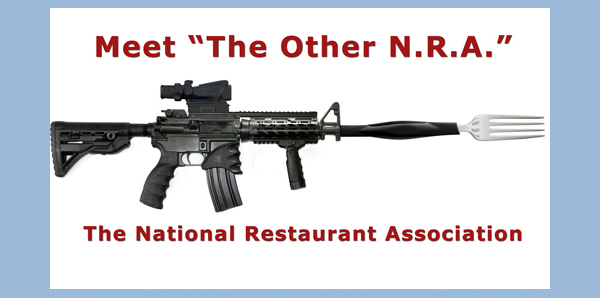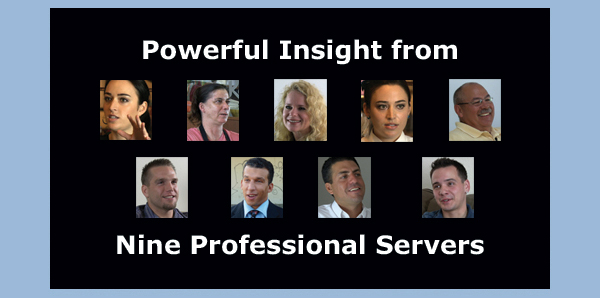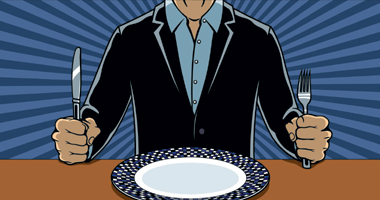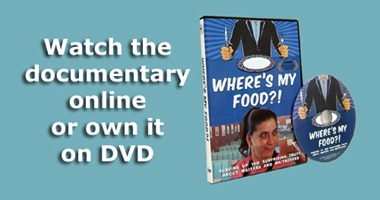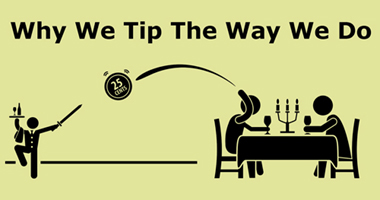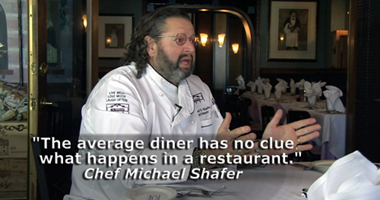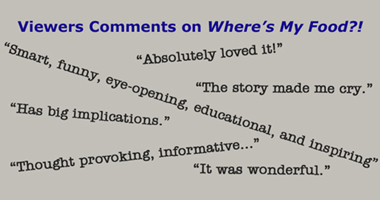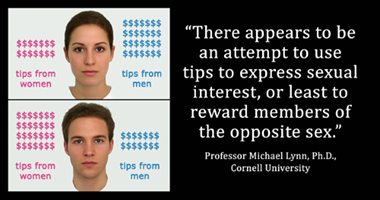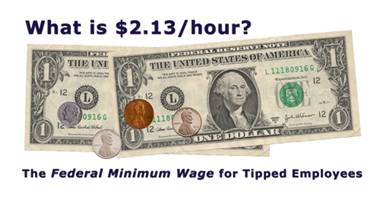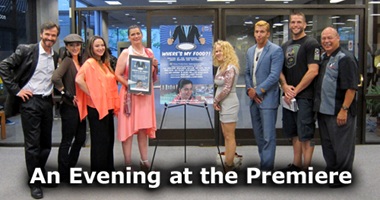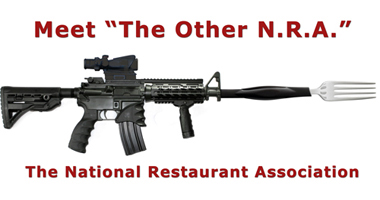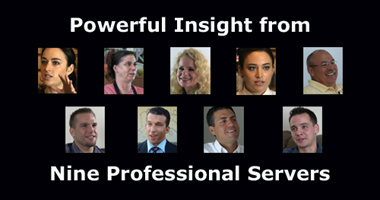Technical Notes on the Making of "Where's My Food?!"
 Hi, I'm Lee Godden, the director of Where's My Food?! I hope you'll
enjoy reading these notes about the processes and technology we're using to
create this documentary film.
Hi, I'm Lee Godden, the director of Where's My Food?! I hope you'll
enjoy reading these notes about the processes and technology we're using to
create this documentary film.
Filmmaking technology is constantly improving, and becoming less expensive. What hasn't changed is the artistic skill needed by cinematographers and editors to use their cameras (and now accompanying computer hardware and software) to tell the story in a way that's clear and compelling.
The Cameras
 Capturing people's stories through interviews with a single camera is
visually boring and it makes editing difficult. So for this documentary I
selected a pair of Canon XF100 HD Professional Camcorders. The XF100
delivers superb, BBC-approved video quality, surprisingly through a 1/3"
CMOS 1920x1080 HD image sensor. It records 60p/60i, 30p or 24p at up to 50Mbps,
with beautiful 4:2:2 color sampling. The dual, hot-swappable CF card slots save
the MPEG-2 files in an MXF wrapper, in either relay or backup mode. On-board
sound mixing via dual XLR inputs is excellent. And, of course, matching cameras
eases settings consistency and battery/CF card swaps.
Capturing people's stories through interviews with a single camera is
visually boring and it makes editing difficult. So for this documentary I
selected a pair of Canon XF100 HD Professional Camcorders. The XF100
delivers superb, BBC-approved video quality, surprisingly through a 1/3"
CMOS 1920x1080 HD image sensor. It records 60p/60i, 30p or 24p at up to 50Mbps,
with beautiful 4:2:2 color sampling. The dual, hot-swappable CF card slots save
the MPEG-2 files in an MXF wrapper, in either relay or backup mode. On-board
sound mixing via dual XLR inputs is excellent. And, of course, matching cameras
eases settings consistency and battery/CF card swaps.
The Canon XF100 zoom lens is 10x (30mm-300mm), but it's fixed, so when we wanted a nicer, shallower depth-of-field we turned to Canon 7D and 60D DSLR cameras. Regardless of the choice of video recording device, sound was recorded exclusively on the XF100s.
There are always exceptions. Professor Lynn's interview was recorded in his office at Cornell University in Ithaca, New York using a Panasonic AG-HMC150. A Canon HV40 was used to record Mark's interview and a part of Chuck's interview.
Sound and Lighting
 Interview subjects
were usually lavaliere mic'd using one of our two wireless systems: the Sennheiser EW100 G3 or
the spec-comparable Sony UWP-V1. Our handheld wireless mic was the ENG-standard
Sennheiser MD46, which was used for person-on-the-street interviews. The XF100-mounted
Rode NTG-2 shotgun mic was used in "run and gun" scenarios, like Chef Shafer's
busy kitchen.
Interview subjects
were usually lavaliere mic'd using one of our two wireless systems: the Sennheiser EW100 G3 or
the spec-comparable Sony UWP-V1. Our handheld wireless mic was the ENG-standard
Sennheiser MD46, which was used for person-on-the-street interviews. The XF100-mounted
Rode NTG-2 shotgun mic was used in "run and gun" scenarios, like Chef Shafer's
busy kitchen.
Natural lighting is best and was used whenever possible, but we always brought 2500 or so watts of daylight-balanced fluorescent panels to every shoot.
Editing
 We went with Sony Vegas
Pro 12, which won Videomaker's 2012 Best Advanced Editing
Software award. (In that comparison SVP12 beat out Adobe Premiere Pro
CS6, Avid Media
Composer, and Apple Final Cut Pro 7, yet Sony supports
project interchange with those platforms.) Besides excellent
color matching, proxy editing and other tools, SVP12 can
encode to mastering formats up to 880Mbps. Our dedicated editing
platform is a Gateway FX 6860-UR10P PC,
sporting an Intel Core i7 3770 (3.4Ghz Ivy
Bridge) processor, 16GB RAM, hot swap HDD bays and an AMD
Radeon HD 7770 graphics card. We use USB3 for quick
CF card data transfers (25GB in 70 seconds). Dual monitors
are Asus VW246H 24-inch full-HD LCDs. Data backup is on-site, off-site
and cloud.
We went with Sony Vegas
Pro 12, which won Videomaker's 2012 Best Advanced Editing
Software award. (In that comparison SVP12 beat out Adobe Premiere Pro
CS6, Avid Media
Composer, and Apple Final Cut Pro 7, yet Sony supports
project interchange with those platforms.) Besides excellent
color matching, proxy editing and other tools, SVP12 can
encode to mastering formats up to 880Mbps. Our dedicated editing
platform is a Gateway FX 6860-UR10P PC,
sporting an Intel Core i7 3770 (3.4Ghz Ivy
Bridge) processor, 16GB RAM, hot swap HDD bays and an AMD
Radeon HD 7770 graphics card. We use USB3 for quick
CF card data transfers (25GB in 70 seconds). Dual monitors
are Asus VW246H 24-inch full-HD LCDs. Data backup is on-site, off-site
and cloud.
Please send your questions or comments via our Contact page.
